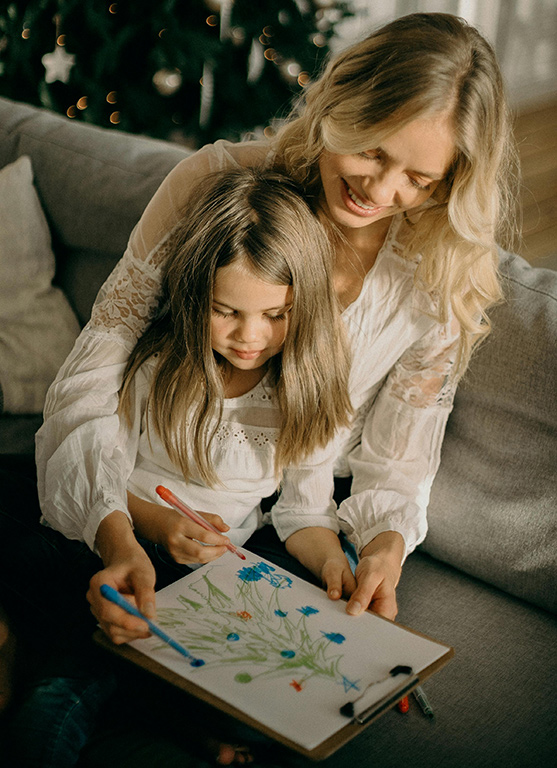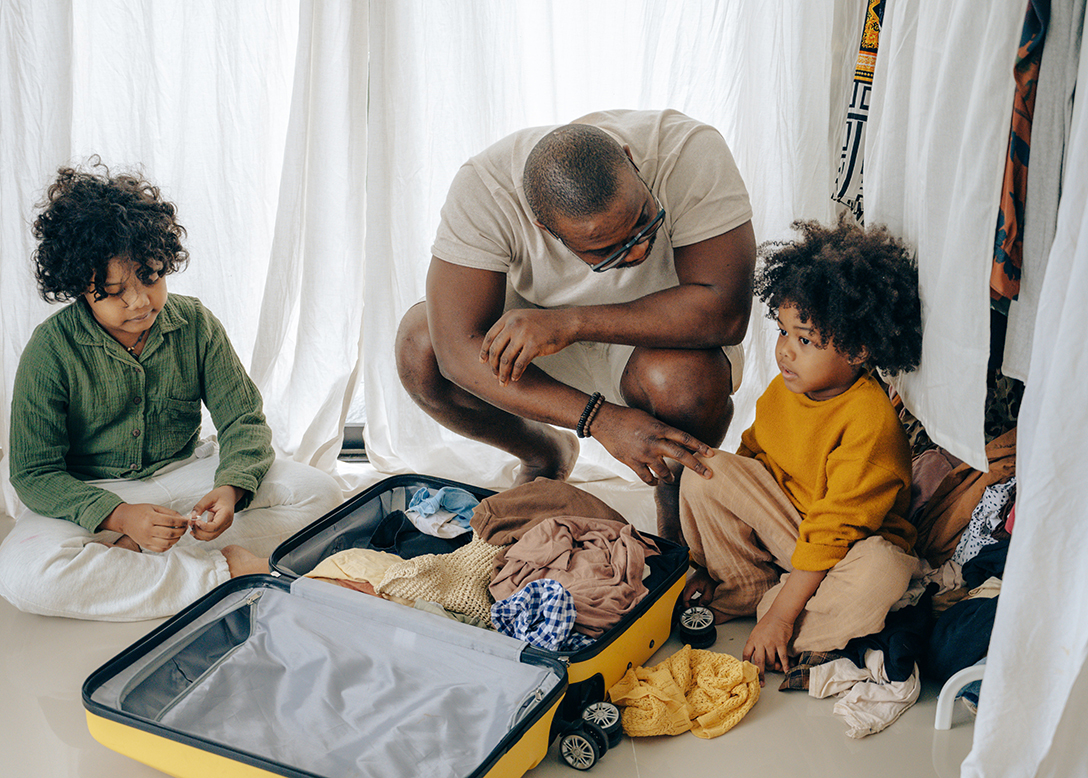by Cady Andersson
Anyone who has met a child for more than thirty minutes will tell you that children struggle to regulate their emotions. Anyone who lives with a child (or spends full-time work hours with a child) will tell you that is the understatement of the century. Because the ability to self-soothe is not innate, we, as loving adults, must help children to learn these skills.
Children learn to regulate their emotions in two ways. First, through adult modeling. This means you must lead by action and example. Without fail, children will replicate the behavior they see – for better or for worse – because hundreds of thousands of years of human evolution says so.

Children who directly resemble their parents in physicality or personality are more likely to be loved and cared for BY said parents, thus more likely to survive into adulthood and procreate. This means that the GREATEST TOOL AT YOUR DISPOSAL FOR IMPACTING AND INFLUENCING THE BEHAVIOR OF CHILDREN IS YOUR OWN BEHAVIOR. Behave in the way you want to see the children in your care behave.
The second way children learn to regulate their own emotions is by adult assistance through CO-regulation. Here are some ways you can do that.
1 – Reflect Facial Expressions
Often, when children are feeling a strong emotion, they are afraid their emotions aren’t understood. Matching your facial expression to theirs will help to send nonverbal cues to your children that someone understands what they are feeling – an immediate, subconscious source of peace. Someone’s paying attention.
2 – Name The Feeling For the Child
After matching your expression to the child’s, try to name what the child is feeling, even if the child hasn’t expressed it to you yet. It’s okay to guess and be wrong. The child will correct you. “You look sad,” will suffice when you cannot grasp what is actually happening. Naming the feeling also adds to the sense of understanding for the child and helps the child develop an emotional vocabulary. This, in turn, lessens (and eventually prevents) future meltdowns as being able to understand and talk about our feelings helps us to regulate them.
3 – Safe, Loving, Respectful Physical Touch
An appropriate and loving touch can help calm a child’s central nervous system. A gentle hand on the shoulder, or a hug (when wanted), can go a long way to diffuse the physiological response to stress. In fact, a simple handhold of a long-term, loving partner has been shown to lower blood pressure and cortisol levels in couples – it has even been shown to sync heart rate and breathing. Pavel Goldstein researched 22 couples who had been together for at least a year. Goldstein found that couples who were holding hands demonstrated the strongest levels of synced brainwaves. Use your brain power and loving, respectful physical touch to help calm your little one.
4 – Breathing Deeply
Deep breathing has been shown to release tension and stress. Deep breathing has also been shown to stimulate the vagus nerve and relieve anxiety. Coaching your child to inhale and exhale slowly with you while agitated will help to activate the parasympathetic nervous system, which, among other benefits, slows the heart rate – an important step to calming both you and your child.
5 – Color Together
Coloring is fun! Coloring also activates the sensory brain, which can interrupt an emotional response. When a child is starting to melt down, ask the child to draw the feelings they are experiencing. This provides double the impact. First, it engages the child in a soothing sensory activity. Second, it encourages the child to express feelings, which leads to a better understanding of them – both for you and the child.
6 – Stretch, Jump, Walk, or Roll
Physical activity is a GREAT stress reliever. Physical activity has the invaluable ability to move you through a stress response so you aren’t trapped in fight, flight, or freeze. Encouraging children to move helps to dissipate the built-up stress hormone cortisol, allowing the child to return to a calmer state. When feelings get high, get moving!
7 – Read Together
Is there anything more relaxing than being read to? When a child is about to melt down, say “You look upset. Let’s go find a place to calm down. Do you want to pick out a book for me to read to you while we calm down together?” Then you and the child can sit together in a “Time In” or “Cool Down Time.” This helps the child to naturally return to a calm state. Once the child is calm you can work together to identify the problem and find solutions.
8 – Take A Drink
Again, sensory input can override an emotional response. Go with the child to get a drink of water (or tea or juice, when appropriate). Help the child learn how to do so themselves if they are calm enough. Feeling empowered and cared for will also help calm the child, restoring a sense of dignity.
9 – Listen To Music
Calming music soothes the soul – that’s because it lowers your heart rate! Put on some soothing music, either when you sense a meltdown coming or after it happens. If you have a calm down spot in your house, having a way for the child to start the music independently will encourage eventual self-removal and regulation.
10 – Smell Something
Create a scented spray that is safe for your children to use. Have the child smell a favorite scented candle. Spray a pillow with your cologne or perfume. Purchase scratch and sniff stickers for the child to play with. Combine the coloring idea with scented markers (WHO DOESN’T LOVE SCENTED MARKERS?). This clever use of our strongest sense can help to insert positive emotions in place of negative ones.
Teaching children to regulate their emotions is crucial in creating adults who can regulate their own emotions. When you teach your child how to regulate, through co-regulation, you also free up your own time as the child begin to take over the responsibility of managing their own emotions. This is a HUGE win for you and a HUGE win for the child. It feels good to feel regulated.
Help the children in your care today by modeling self-regulation and helping to co-regulate their emotions. As they learn this important set of self-help skills, you will notice a positive change in your family’s quality of life.


